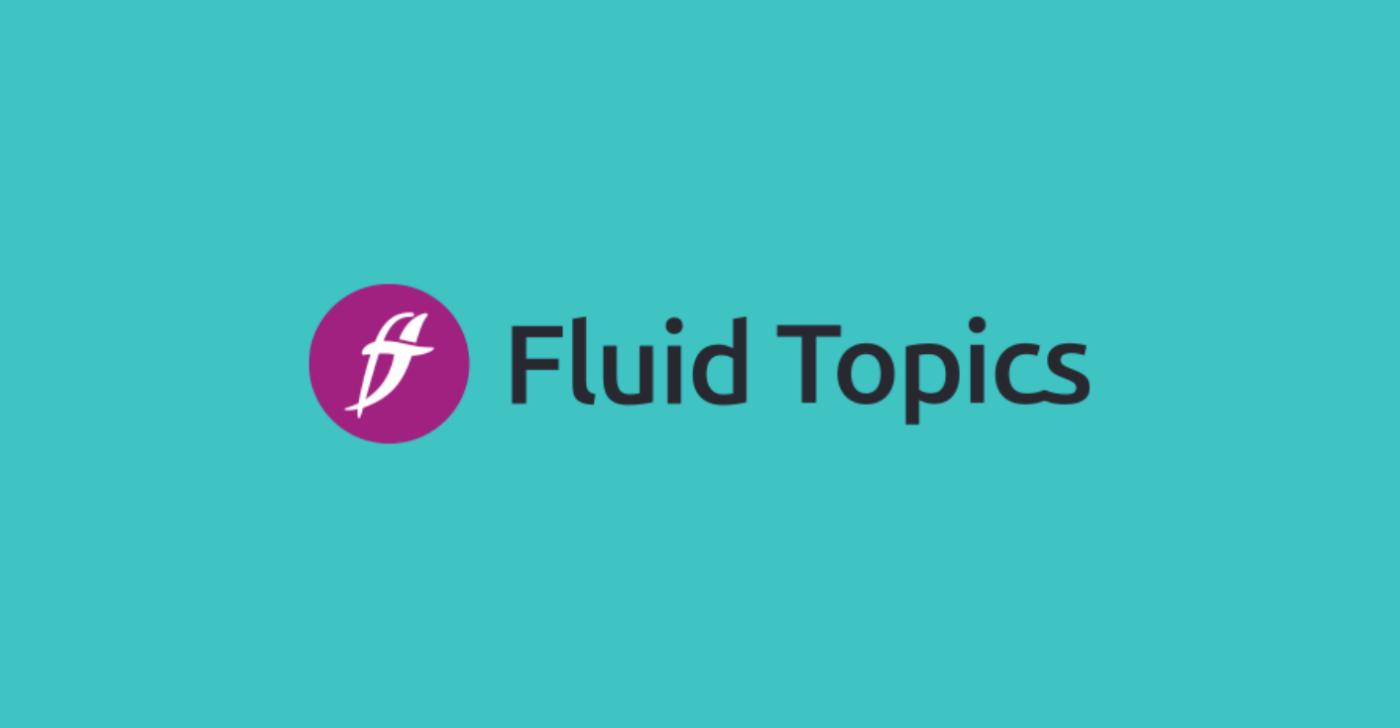Wish your organization worked in content harmony instead of content anarchy? Maybe it’s time to streamline your content creation process with Acrolinx and Templafy.
Below we talk to Chris Willis, CMO of Acrolinx and Greg Sheppard, CMO of Templafy about content anarchy and why having the right approach to governing your content is important for ensuring an organization’s brand.
Today’s enterprises are under tremendous pressure to produce vast amounts of high-performing content that not only effectively delivers great customer experiences but is on-brand and compliant. And they’ve got to do so faster than ever before.
Technology is important for every business. But just as it can help, it can also hinder. Why do you think that is and how can companies ensure they get value?
Greg: Businesses have been going through digital transformation for a long time now. And while that’s a good thing, it’s also created some challenges. We’ve seen a lot of solutions come to the market to solve a variety of challenges across the enterprise today, but so often that tech doesn’t integrate in a way that’s seamless to the workflows employees already use. An Okta study found that companies deploy an average of 175 different apps to their employees – if those applications don’t speak to each other in the right ways at the right time, they can become more of a burden for employees.
At Templafy, we look at this through the document lens. Employees are spending hours each week creating content – documents, presentations, contracts, proposals, emails – that’s how we do business in the digital HQ. Our next generation document generation platform connects all your company’s latest, on-brand and compliant content to people and workflows to protect your brand, drive governance, and enable better document creation across the organization. Without our approach of agnostic integration to any already existing tech stack, we wouldn’t effectively drive efficiency across teams and organizations. Employees are using software that streamlines their work day and drives efficiency — making their jobs easier so they can focus on the high value work. Tech that doesn’t do that causes strain on the employee experience.
What are some of the challenges that enterprise content creators face?
Chris: Most of the issues they face stem from the sheer volume of content they have to create and the fact that it’s not just one person or team doing so. When you think of everyone who works on public-facing documents, presentations, and other forms of content across a large enterprise, it can easily number in the thousands. Making sure they’re all using the latest guidelines, templates, and branded assets, not to mention the right terminology and legal disclaimers, can be really difficult.
And then there’s the matter of making sure all of that content is written to the same standard of quality. Whether that’s adhering to your company’s particular tone of voice or just making sure that everything is clear and consistent, that’s a major challenge when you’re trying to do so at enterprise scale.
So how do companies typically try to tackle these issues?
Chris: The truth is that most companies don’t have any checks and balances in place to monitor this kind of stuff. Sure, they might distribute a content style guide or brand assets, but then they usually just hope for the best. Because while it’s easy to control what guidelines and assets you make available to people, it’s not so easy to understand their workflows, monitor whether or not they’re actually using those guidelines and assets, or if the content they’re creating adheres to all of your company’s standards.
And what happens when you don’t have the right checks and balances in place?
Greg: Often, it leads to what we call content anarchy. That’s when your company’s content is off-brand, out-of-date, and maybe even worse, potentially not compliant. Content anarchy happens when your document generation process is disconnected from the applications where your employees work.
Fair enough, but if the main issue is producing enough content, is content anarchy really a problem worth worrying about?
Chris: Absolutely, because it affects efficiency and impact. When you have content anarchy, your employees struggle to find the right templates and branded assets, and have no insight as to how their content performs or if employees are actually using the content the organization knows performs best. Therefore, you can’t easily create content to meet your company’s standards. All of that slows down how quickly you can release new content. It also means your content winds up being inconsistent and non-compliant, which can have a negative impact on your brand and expose your organization to unnecessary risk. And because there’s still no view on performance, there’s no mechanism to make changes to the content.
Ok, so how can companies solve this problem?
Chris: Well, you can either hire lots of people to help govern the content creation process, or you can put scalable processes and technology in place that allow you to operationalize your corporate brand standards and style guidelines. The latter option is much more efficient and cost-effective. Plus, it’s the best way to give content creators the help they need wherever they’re creating content and ultimately achieve what we refer to as content harmony.
Presumably that’s where Templafy and Acrolinx fit in. What does each platform do?
Greg: Yes, that’s right. We’re all about helping companies reinforce their brand by making it easy for their employees to create on-brand content. As a next gen document generation platform, we help companies achieve this by connecting content to workflows exactly when and where they need it throughout the document creation process. So imagine that you’re building a quarterly business review deck. Rather than hunting around for your company’s latest QBR template, Templafy serves it up to you in whatever content creation tool you happen to be using. That way, you’re always starting off on the right foot. Then it helps you automate as much of the content creation process as possible using pre-populated text elements, which saves a lot of time.
You can even access data stored in other platforms like Salesforce or Microsoft SQL and pull it into your content at the click of a button. Our whole value proposition is around helping people connect their business content. We make it easy to create your content in any tool you want to, pull in elements from other places, and then share and send that content anywhere else it needs to go.
And what about Acrolinx?
Chris: Acrolinx delivers content intelligence. We use artificial intelligence to check your content and ensure it’s in line with your company’s content style guide. Our software captures your company’s writing guidelines and makes sure all your content — no matter what department creates it — follows them. In the process, it increases your content’s consistency, while making it clearer and more concise. Acrolinx also helps writers improve scannability, adopt the right tone of voice, and use the correct terminology.
By providing content governance in these and other ways, Acrolinx helps make sure all your content delivers the business outcomes you want, like improving conversion rates and increasing self-service.
Ok, but earlier you said that the answer isn’t having more tools. So why would companies want to add both Templafy and Acrolinx to their tech stack?
Greg: Both help solve the problems that employees across all enterprises face with content creation. They also integrate seamlessly with one another, and with all the other tools content creators regularly use, which means they naturally fit into people’s workflows. That, combined with the benefits that they deliver mean they actually empower people to do better work more efficiently.
Can you share an example of how your solutions work together in practice?
Chris: Sure. We recently worked with a large multinational pharmaceutical company that developed one of the COVID-19 vaccines. As part of that process, the company had to produce a huge volume of communications very quickly to keep governments and patients up to date on their program. As you can probably guess, those communications were highly regulated and had to be 100 percent accurate.
Together, our platforms helped the company ensure that all of the content in those communications followed strictly defined guidelines, which allowed the company to reduce its corporate risk, increase the clarity and readability of its content, and go to market faster. Brand insurance in practice!
What’s been the impact for your joint customers so far?
Greg: Our customers see content as a critical business asset and understand that every time a reader engages with it, they have a value-creating touchpoint. So it’s incredibly important that they present content consistently in alignment with their quality goals. Our new, combined offering sets them up to do just that. It offers content harmony, not content anarchy.
To find out more about how Acrolinx and Templafy’s joint solution can bring content enablement to your business enablement tech stack, have a look at their partnership microsite.


